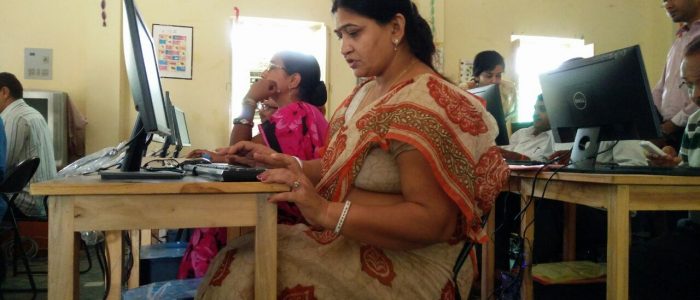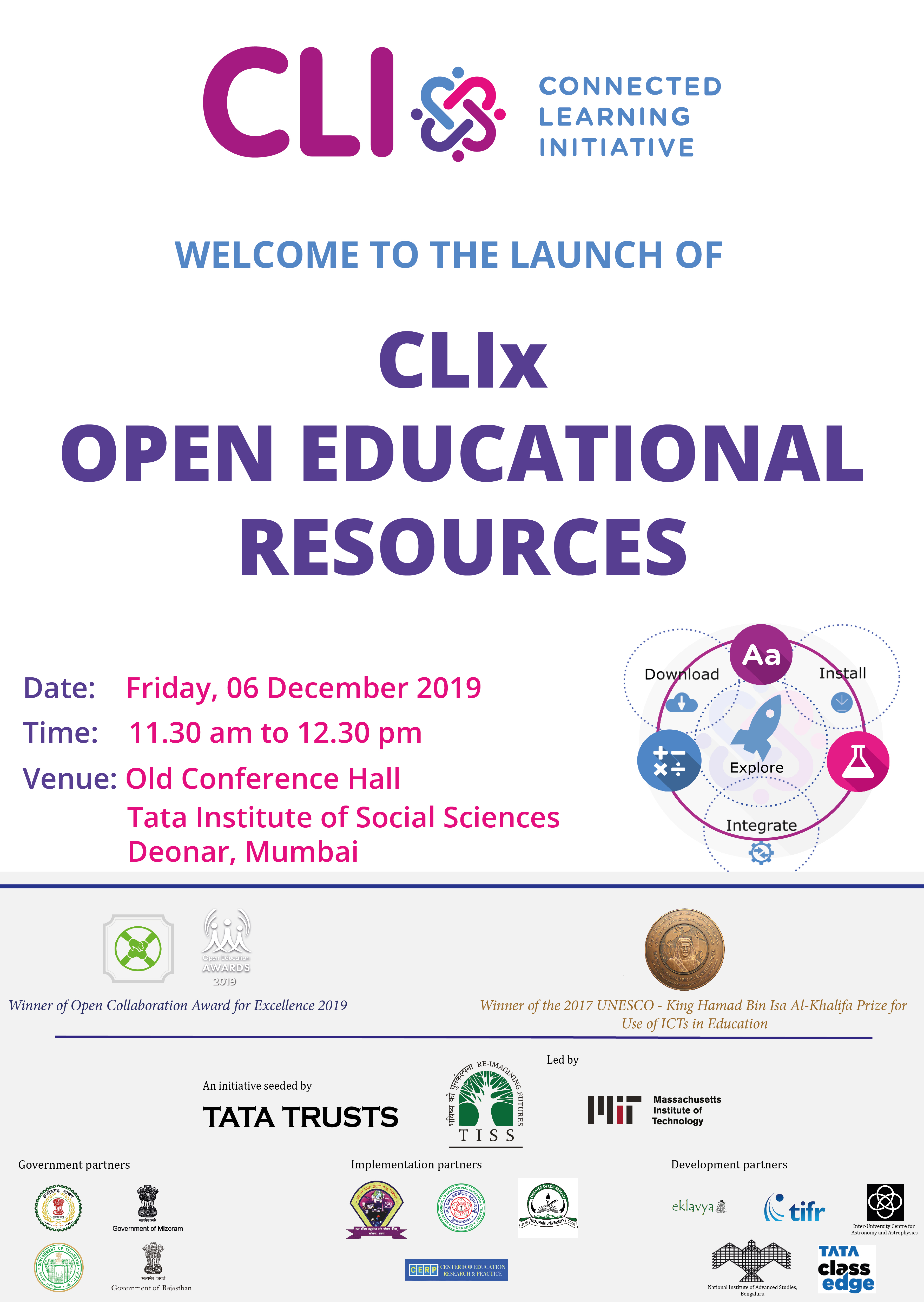Teachers Moving towards Digital Citizenship
It is five to nine on a pleasant April morning in Aizawl, and teachers are filing into the small computer lab at Mizo High School for the very first offering of Clix, the Invitation to Clix (i2C) course. Some, using a computer for the first time in their lives, have trouble manoeuvring the mouse and navigating through the course platform – but not to be outdone by their savvier counterparts, what they lack in skill they make up for in their sheer determination to learn. Secondary school teachers of Maths, Science, and English, are participating in this course that focuses on digital citizenship.
The roughly 150 teachers who undergo the Face-to-Face component of the i2C course (in batches of 30, over a period of four weeks) will, in turn, conduct this course for their own students. The skills learned during the four-day long workshop range from essentials like typing, to using spreadsheets, a vector graphics editor, and a dynamic mathematics programme.

Teacher in Mizoram accesses i2C courseware on smartphone
We move from the pleasant climes of Mizoram to a scorching Rajasthan summer, where some 100 teachers in Jaipur and Sirohi take the course. They raise searching questions that match the soaring temperatures – why do they need to learn Inscript if they are already familiar with other typing formats? Facilitators point out its ease for students with no prior typing skills. And why should they be learning this at all, some English language teachers wonder. Our response – learning to express themselves in their language of thought is as important for students as is learning English.
The teachers then sign up for Clix Community, where they can continue discussions with one another and with the Teacher Educators. Through this online forum, and the Telegram group now installed on their smartphones, they should truly experience connected learning in the months to come.





Comments are closed.